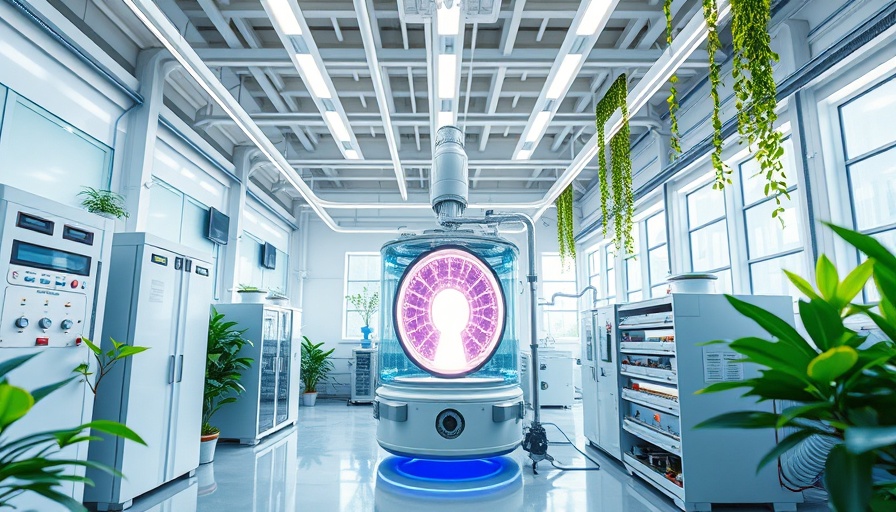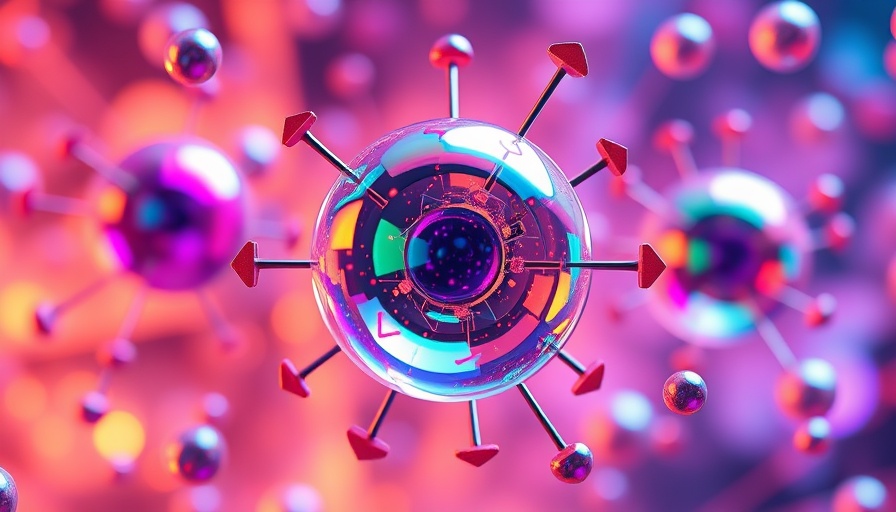
Revolutionizing Biogas Production with Quantum Technology
The process of converting biomass into usable gases, essential for generating energy and producing valuable chemicals such as hydrogen, methane, or methanol, has reached a breakthrough thanks to the innovative work at TU Wien (Vienna University of Technology). A team of researchers led by Florian Müller and Michael Jaidl has developed a novel quantum light source that significantly enhances the monitoring of water vapor—a critical measurement for efficient biomass gasification.
Why Water Vapor Matters in Gasification
Efficient biomass conversion is more than just recycling organic waste; it’s about maximizing the output of usable gases while minimizing environmental impact. Water vapor, a by-product of this gasification process, significantly complicates the measurement and management of gas quality. Traditional methods of measuring water vapor in complex gas mixtures are often inadequate, leading to inefficiencies and inaccuracies in production.
The Role of Quantum Cascade Lasers
In traditional spectroscopic methods, components within the gas mixture, including hydrocarbons, can absorb infrared light at similar frequencies to water vapor, leading to measurement complications. However, the new quantum cascade lasers (QCL) developed at TU Wien utilize terahertz radiation. This specific wavelength uniquely responds to water molecules, allowing for clear and accurate measurements without interference from other gases. The advantage of this technology is not only its precision but also its rapid response capabilities, essential for adapting quickly to fluctuations in gas composition.
Testing and Confirmation of Findings
Initial results from tests conducted using waste wood as biomass demonstrated the effectiveness of this technology. Measurements showed high correlation with condensation-based measurements typically used for quantifying water vapor, confirming that the QCL method achieves results with comparable accuracy but with far less time delay. Unlike traditional methods requiring cooling and manual intervention, the QCL setup offers real-time data every few seconds, operationally transforming the process control for biomass gasification.
Environmental Impact and Future Implications
This advancement in measuring water vapor content directly contributes to more sustainable practices in energy production. By enabling better control over the gasification process, this technique paves the way for increased efficiency and reduced waste, reinforcing the notion that much of our waste can be transformed into valuable resources instead of being simply incinerated.
Looking Forward: Expanding Quantum Capabilities
As the team at TU Wien plans to refine their technology further, they are exploring its capabilities to detect additional components within the gas mixtures. The potential for expanding quantum technology applications in other complex environments represents a significant step forward in both environmental science and energy production efficiency.
In conclusion, this pioneering work not only enhances our capacity to harness energy from biomass but also provides a model for future technological innovations in sustainable energy practices across various sectors.
 Add Row
Add Row  Add
Add 




Write A Comment